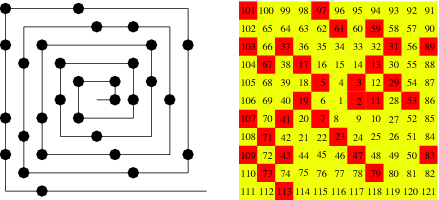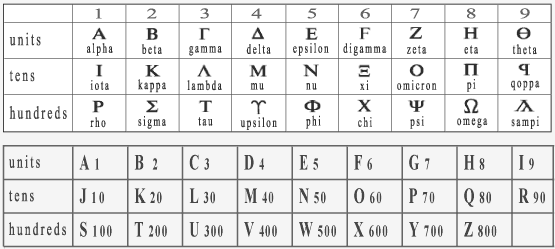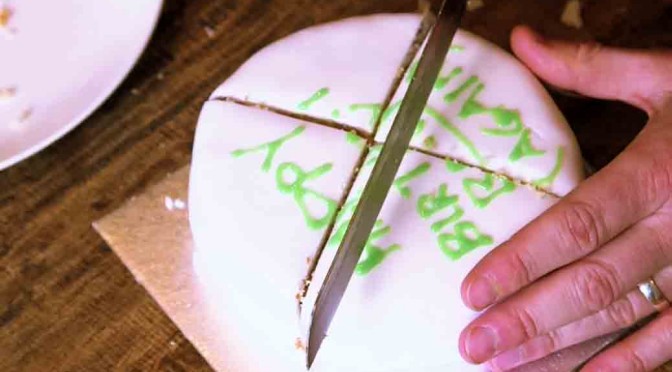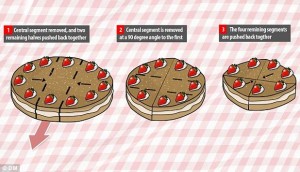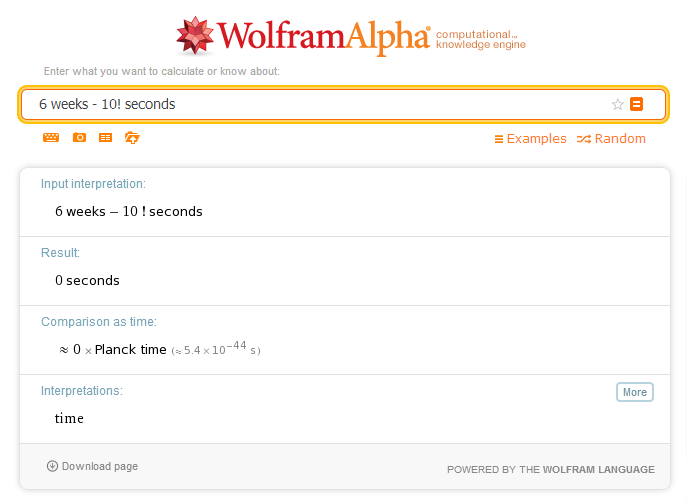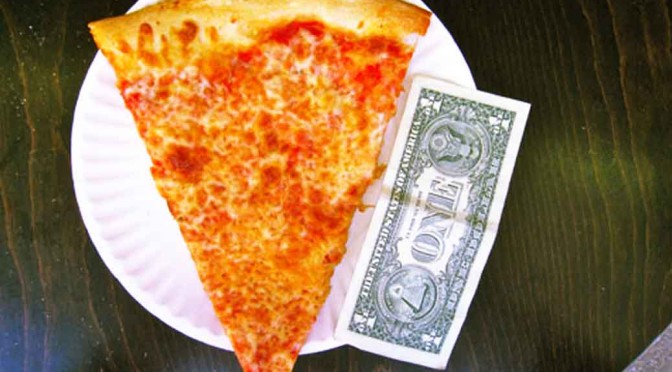By Anupum Pant
Think about it. A stranger comes up to you while you are queued up for the morning coffee and says this to you – “I’ll toss a coin, you call. If you win, I pay you 10 bucks. If you lose, you pay me 10.”
Would you take the bet? Most wouldn’t. There’s a lot going on here. Firstly, the strange man might have a trick up his sleeve that would tilt the odds in his favour, you’d think. But here’s the deal, even if you are 100% sure that the man is being honest with you and offering you a completely fair coin toss, most still wouldn’t take the bet. Why not? After all it seems like a totally fair deal.
In a social experiment, it has been seen that even if the man offers you a 20 to your 10, most still would not take the bet. Yes, they do have a chance to lose 10, but they might even take home double hat amount. There’s an equal chance, but the gain is clearly in your favour. Mathematically you are getting a great deal. Why wouldn’t people still take it?
That is probably because humans see losing differently as winning. That means, losing 10 would affect you more that gaining ten would. Losing 10 would make you more sad than the amount of happiness you’d experience when you’d ten would make 10. So much that even losing 10 moves you more (downwards) than gaining ten would move you (upwards). So, most people won’t take this bet because throughout the years they’ve been learning (subconsciously) how losing is more painful.
In my view, it has something to do with your attachment to what you own too – materialistic attachment as they’d say. This of course was about money, but as Derek Muller states in the following video, this simple way of how we look at winning and losing affect us is much deeper manner. Or simply, money is just a metaphor here. This comes into play when you make other life decisions also. You’d avoid risks where the difference between the magnitude of gain or loss from the result isn’t much.
10 such bets being offered consecutively is a much favourable choice mathematically, and people mostly would take it, if they had that sort of money in their pockets. When asked to explain why, they base it on intuition. Our minds sure work in a very complex manner.

